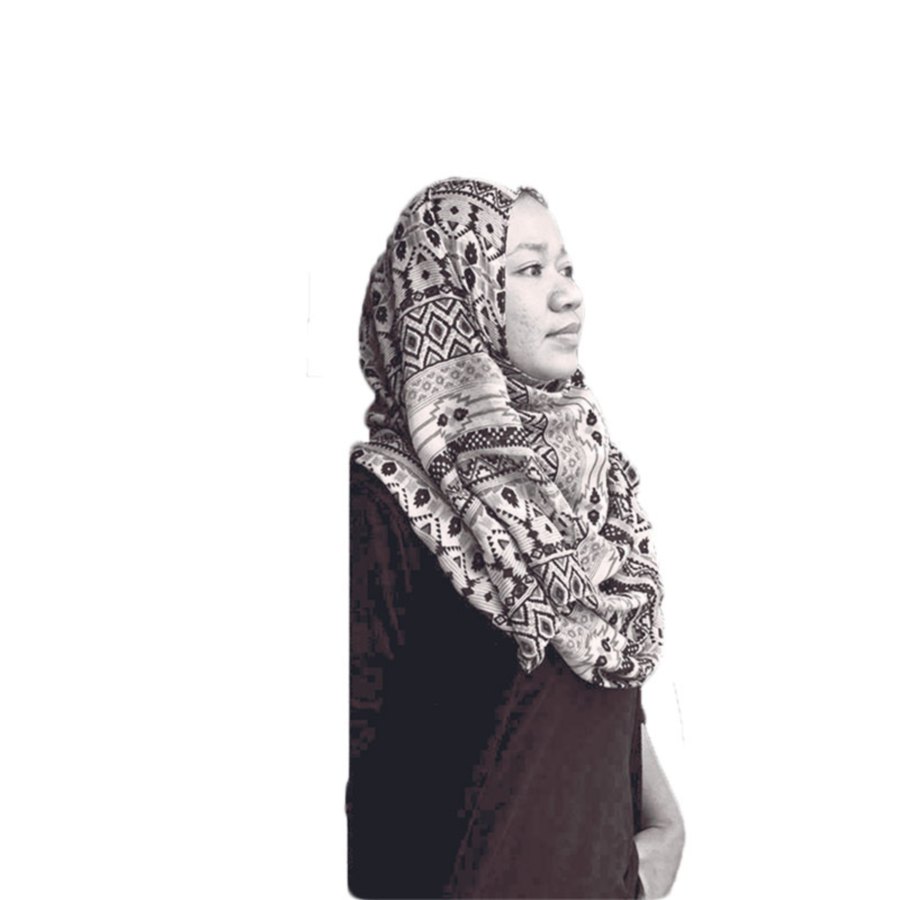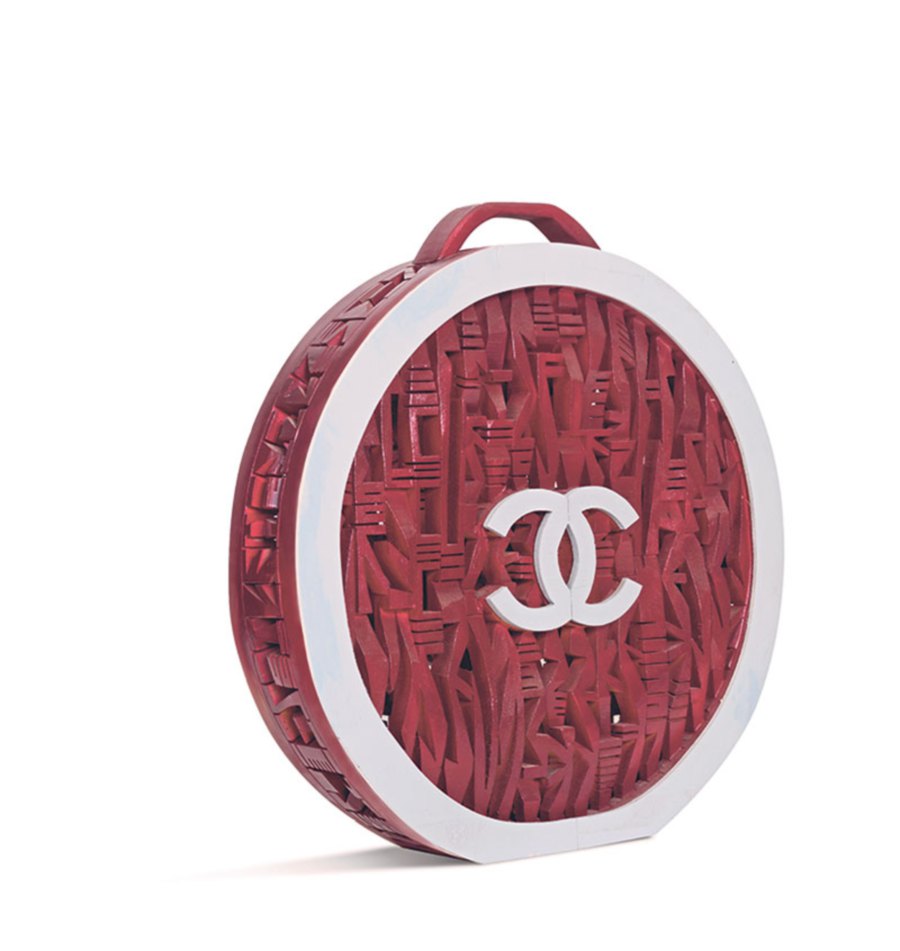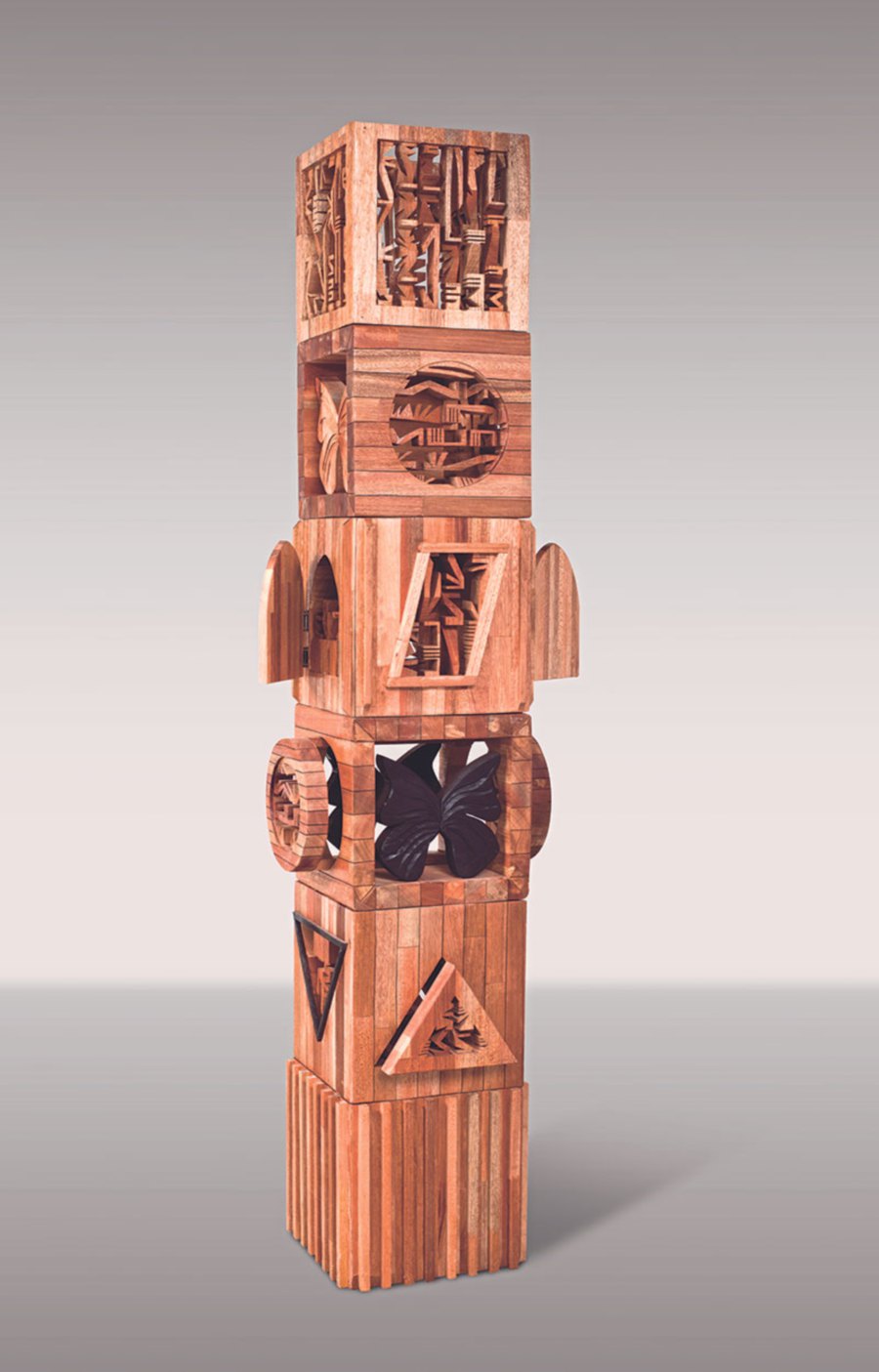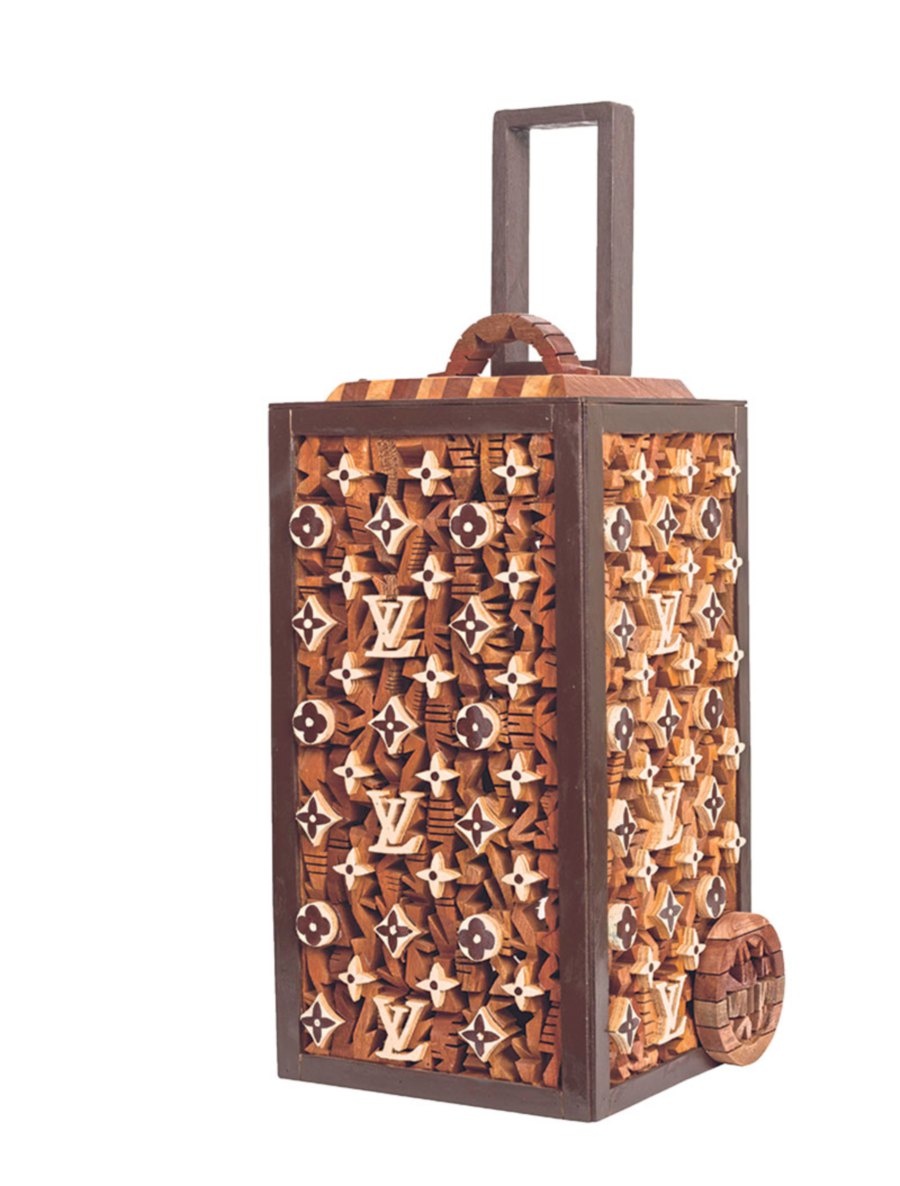As 2017 comes to a close, it’s something of a personal triumph to finally ‘take hostage’ the ever-busy Anniketyni Madian for an interview. The artist’s works have been causing quite a stir in the local art industry. The Sarawak-born Anniketyni, or better known as Anni, presents Bejampong, (an Ibanese term for ‘multiple and variety’) 17 works, which has taken a whole year to complete.
Bejampong are works, which reel between ritual and interpretation. They’re deeply personal works from an artist who is proud of her heritage. These powerful pieces, both virile and feminine, display her technical skills and artistry and they’re undeniably her best works yet. There’s also an element of the whimsy, Anni’s dry wit in ‘making fun’ at trends.
These 17 works are a total wunderkind; the artist’s beautifully-protean wood carvings are intensely tangled with matters of observation. They’re also gripping, bringing rapt engagement and utter awe.

Why did you choose wood-carving as your medium?
I enjoy working with natural material and working with wood is like meditation for me. There are endless possibilities and the lessons learnt from each piece of timber are an ongoing process.
Can you explain to us about the motifs you have used in your works for Bejampong?
I have incorporated Pua Kumbu motifs that originate from Borneo textile patterns. Deep within my heritage, the Pua Kumbu textiles of native Sarawak and woven by Dayak women are fused in many lifestyle rituals and special events including the arrival of a new born child, coming-of-age ceremonies and burials. By weaving Pua Kumbu into my works, it represents a deeply spiritual and socio-religious ‘duty’. It’s considered a sacred obligation for all Iban women and affirms their womanhood; one that links spirituality into all aspects of daily life.

Who were your teachers and how did they ‘influence’ your work?
Professor Ramlan Abdullah, my primary lecturer in UiTM Shah Alam (2008-2009), taught me the necessary techniques. My father, Madian Maharup, is who I really consider to be my life-long teacher. He was the one who introduced me to woodworking techniques and tools. We used to go for field trips and there I learnt about the various types of Sarawak wood. Another mentor is my Uncle Anthony, a very knowledgeable woodcarver living in Kedah.
What’s a typical day like for you?
I’m very active. My mornings consist of runs at KLCC Park, then off to my Kuang studio until the evening. I’m also a Muay Thai (Thai boxing) enthusiast and I spend roughly two hours everyday training. It sounds exhausting but all these things are pivotal to my art as concentration and stamina are very important when I create.

Your interpretation of the ‘Chanel’ bags is wonderfully witty, a way perhaps of poking fun at trends. What’s the story behind their creation?
Chanel, especially their range of handbags, represents a growing trend I noticed in younger women. Bolstered by social media which are extremely trend-driven and aspire to luxurious lifestyles, more and more women feel that owning a Chanel bag is the ultimate goal. Detailing my own wooden versions with Pua Kumbu patterns is my personal commentary on social values.
Pua Kumbu patterns relate to the social position of its weaver, who’s also female. My observation that as society moves towards ‘amassed affluence’ as larger numbers of the population moves into more urban environments, aspirations are altered and significance is placed on different values.

Are there any artists, both local and international, whom you admire?
I’m a huge fan of Louise Nevelson, Zaha Hadid and Reubin Margolin. Louise Nevelson is an American sculptor, Zaha Hadid is an architect and Reubin Margolin is an American kinetic sculptor. I would go to see their works no matter where they’re shown. I went to London to see Louise Nevelson’s sculptures at Tate Contemporary and to Seoul for Zaha Hadid’s stunning building — Dongdaemun Design Plaza. Next will be Reubin Margolin’s kinetic sculptures in New York City next year. Someday I would like to have my own works erected right here in Kuala Lumpur, just like theirs.

How has your work evolved? What kind of creative patterns, routines or rituals do you have?
My works have steadily evolved by much travelling, research and sketching. I watch everything and I sketch all the time. Inspiration can come from the unlikeliest of places.
What are some of your favourite pieces in this current show and why?
Kayu Betimbau #1, #2 & #3 series is my favourite. This series of work was truly challenging in terms of technique and thought processes. It’s all math and precise calculations. The more intricate the piece, the happier I get.
What does “being creative” mean to you?
Facing my deepest fears and taking risks.

Can you describe the time when you first grasped that creating was something you unquestionably had to do?
It happened during my secondary school years. I had wonderfully inspiring teachers who encouraged us and I remember very clearly making things like cassette racks, painting murals and fashioning scrap books.

What are you trying to communicate with your art?
The expansion of the Pua Kumbu and woodworking traditions is exciting for art audiences, as is the value of working one’s heritage in a contemporary setting. While the craft techniques and approaches to narration through patterns that I employ are firmly grounded in tradition, the establishment of a current aesthetic through the emergence of stylised patterns, colour, and materials bring these traditions into the 21st century where they may be appreciated by newer audiences. It’s about thinking back to the notion that it’s the arts and culture of a society that act not only as a recorder of heritage and the past, but also as a lens through which contemporary situations and urgencies may be viewed.
WHAT Bejampong
WHEN Until Jan 15 (Monday - Friday: 11am to 8pm;Saturday & Sunday: 12pm to 6pm)
WHERE ARTCUBE, 3-10 & 3-13, level 3, Intermark Mall, The Intermark, 348 Jalan Tun Razak, KL
Details at www.artcube.com.my




